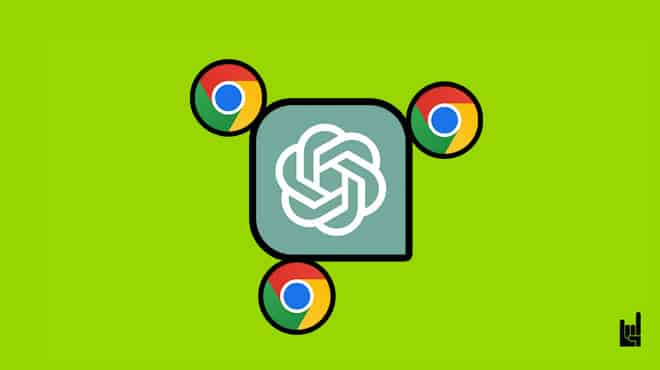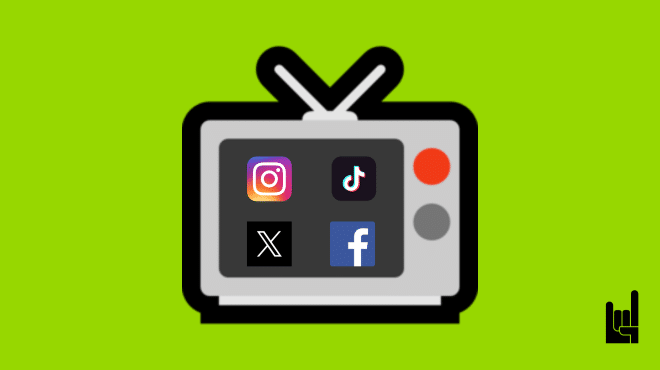Accordingly, we could say that “Your marketing is what you say to people when you’re not in the room”.
Quotes aside, in theory, both branding and marketing are long-term objectives that aim to create engagement with a target audience.
So how are they different in practice?
Let’s dive into it to see what branding vs marketing is all about.
In a Nutshell
Before comparing the two terms in-depth, we first need to introduce them one by one and see how they are different in their basis.
Branding
Let’s talk about branding first. Your brand is your promise to customers. Branding is about creating a unique and recognizable identity for a business, product, or service.
Branding includes these basic concepts:
- Brand identity. Defines your brand’s visual elements, such as the logo, color palette, typography, and design guidelines.
- Brand positioning. Determines where your brand stands in the market and how it differs from competitors.
💡 Read: How to Create Brand Positioning for Business Growth
- Brand message. Crafts a compelling brand message and tagline that communicates your brand’s essence.
- Target audience. Identifies your ideal customers and understand their needs, values, and preferences.
- Brand voice. Develops a consistent tone and style for communication that aligns with your brand’s personality.
- Brand guidelines. Creates a comprehensive document that outlines how to maintain brand consistency across all touchpoints. You can make it in an epub or pdf format for easy sharing and distribution across all channels.
Digital Marketing
Marketing is another beast altogether. Digital marketing includes all the ways you can promote your products and services online.
These are the basic digital marketing branches:
- Website. Essentially your property, for which you will have to ensure that it’s fast, stable, and optimized.
- Content Marketing. Blog posts, videos, infographics, and other content forms that provide value or entertain your audience.
- Social Media. All the relevant social platforms that connect you to your audience.
- Email Marketing. Email campaigns for nurturing leads, promoting products, and maintaining customer relationships.
- Search Engine Optimization (SEO). Website and content optimization for search engines to improve organic visibility.
- Pay-Per-Click (PPC). Paid advertising campaigns on platforms like Google Ads and social media.
- Data & Analytics. Monitoring and analyzing data to make data-driven decisions and refine your strategy.
- Growth hacking. Also known as growth marketing, it’s data-driven marketing that uses rapid experimentation and low-budget tactics .
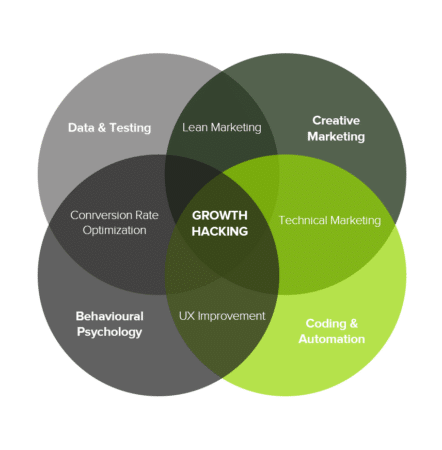
Branding vs Marketing FAQ
What is the difference between branding and marketing?
Branding crafts your company’s image, personality, and values. Marketing pushes products or services to customers using this brand identity.
What is an example of marketing vs branding?
A Nike ad campaign selling shoes showcases marketing. The ‘Just Do It’ slogan that communicates motivation is part of its branding.
Is branding more important than marketing?
No one outweighs the other. Branding sets up your business persona while marketing uses it to attract customers – both are vital for success.
Does branding count as marketing?
No, they are separate but intertwined disciplines. Branding forms your business identity; then you use this in your varied marketing strategies.
Metrics
Given that marketing and branding are different disciplines, each uses its own metrics.
Branding Metrics
Branding metrics focus on building brand recognition and loyalty. They are essential for evaluating the success of your brand’s strategies and campaigns.
Here are some key metrics commonly used in branding:
- Brand awareness. This metric measures how well your target audience recognizes your brand. It can include aided and unaided awareness, which reflects how easily consumers can recall your brand.
- Brand recall. This is the ability of consumers to remember your brand when prompted, usually through an unaided recall test.
- Brand loyalty. Brand loyalty metrics assess how likely customers are to stick with your brand over time. This may involve measuring customer retention rates.
- Brand engagement. This measures how actively and deeply consumers engage with your brand, such as through social media likes, comments, and shares.
- Brand perception. Brand perception metrics evaluate how customers perceive your brand. This could include sentiment analysis and customer feedback.
- Brand equity. Brand equity measures the intangible value your brand holds. It can include factors like brand reputation and customer associations.
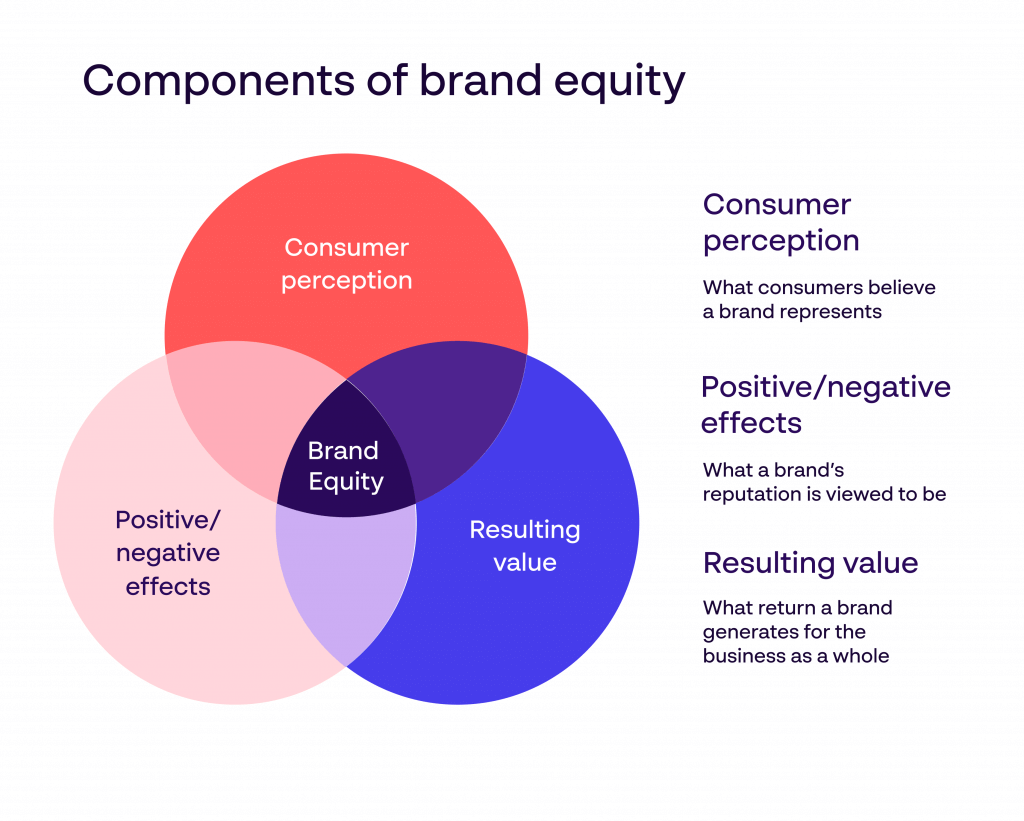
- Brand sentiment. This metric analyzes the overall sentiment of customer reviews, social media mentions, and other brand-related content.
- Brand reach. Brand reach metrics assess how far your brand message has spread. It could involve tracking the number of people exposed to your brand.
- Brand visual Identity. This relates to metrics on the effectiveness of your brand’s visual elements, such as logos, colors, and design consistency.
- Net Promoter Score (NPS). NPS is used to gauge customer loyalty by asking them how likely they are to recommend your brand to others.
Marketing Metrics
Marketing metrics are crucial for assessing the effectiveness of marketing strategies and campaigns, and are also more closely related to growth metrics. Accordingly, an email marketing campaign has different metrics from a PPC campaign.
That said, here are the most common metrics used across digital marketing:
- Customer Retention Rate. Measures the percentage of customers that a business successfully retains over a specific time frame. It reflects a company’s ability to keep existing customers engaged and loyal.
- Customer Lifetime Value (CLV). Assesses the total value a customer brings to a business throughout their entire relationship, helping in understanding long-term profitability.
- Customer Acquisition Cost (CAC). Quantifies the average cost incurred to acquire a new customer. CAC encompasses expenses related to marketing and sales efforts, divided by the number of new customers acquired.
- CLV to CAC Ratio. It helps you identify the efficiency of your overall business operations. Furthermore, it helps the company to evaluate its most valuable customers.
- Cost per Lead (CPL). Tracks the cost of generating a new lead or potential customer, often used in lead generation campaigns.
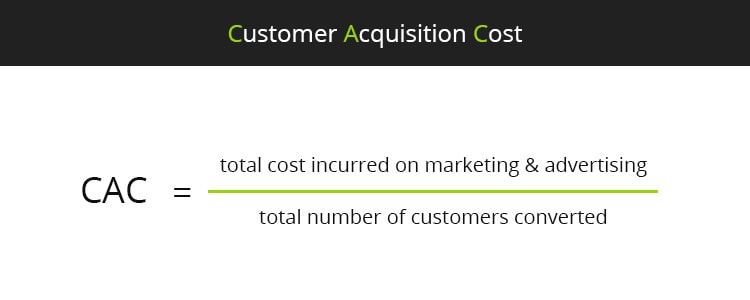
- Activation Rate. Measures the total number of new users who have taken a pre-decided action within a specified period of time.
- Churn Rate. Calculates the percentage of customers who stop using a product or cancel their subscription over a specific period. A high churn rate indicates customer loss, affecting revenue and growth.
- Return on Investment (ROI). Measures the profitability of a marketing campaign by comparing the gain against the cost.
- Marketing Qualified Leads (MQL). Tracking qualified leads helps identify potential customers who are more likely to make a purchase.
- Marketing ROI. Assesses the effectiveness and profitability of marketing campaigns and activities. It measures the return a company generates from its marketing investments compared to the cost of those investments.
When to Prioritize Branding or Marketing
For good or for ill, time and money are finite. Naturally, there will come times when you won’t be able to put your effort into both branding and marketing, and you will have to prioritize one over the other.
So how can you know when you should prioritize what? Even though every business is different, the kind of prioritization you are going to read applies to most cases.
Early-stage business
For startups and new businesses, focusing on branding is vital. Building a strong brand identity helps create a foundation for all your current and future marketing efforts.
Product launch
If you’re launching a new product or service, marketing is key. Since marketing involves promotional activities, it will be the vehicle to introduce your new product to the market.
Immediate sales
When you need to generate quick sales, prioritize marketing. Marketing is the best way to attract potential customers and generate leads. It is the force of your growth funnel that will help you not only create traffic but also turn your visitors and leads into paying customers.
Seasonal campaigns
Marketing is usually the priority for seasonal campaigns, promotions, or events where time sensitivity is crucial. Campaigns are mostly about sales, so it comes as no surprise that marketing will give you the necessary momentum in this case as well.
Entering new markets
When entering a new market or expanding into new territories, you will probably need to invest in branding and marketing. First, you will need to have targeted campaigns to create awareness and generate sales in the new area. At the same time, you have to ensure that there the messaging you conveyed in your established market, still applies to the new cultures and norms consistently.
Crisis management
In times of crises or reputation damage, prioritize branding. Rebuilding trust and reputation should take the front seat, leaving marketing in the backseat for a while—especially when it comes to your most aggressive campaigns.
B2B vs B2C
To begin with, no B2B or B2C business can be very successful without nailing both marketing and branding. That said, branding plays a bigger role in B2C and there are a few reasons for that:
Emotional connection. In B2B, the decision-making process is often more rational and focused on factors like cost, efficiency, and functionality. On the other hand, B2C transactions are often emotionally driven. Consumers rather make choices based on personal preferences, desires, and emotional connections with brands.
Repetition and impulse buying. In B2C, purchases are often frequent and impulsive. Customers frequently encounter products and need compelling branding to make quick purchase decisions. A recognizable and trusted brand helps in these situations.
Competition. B2C markets are highly competitive, with multiple alternatives for consumers. Strong branding differentiates a product in a crowded market, helping it stand out and capture the consumer’s attention.
Shorter sales cycle. B2C sales cycles are typically shorter, making branding a vital tool to capture consumers’ attention quickly and close deals.
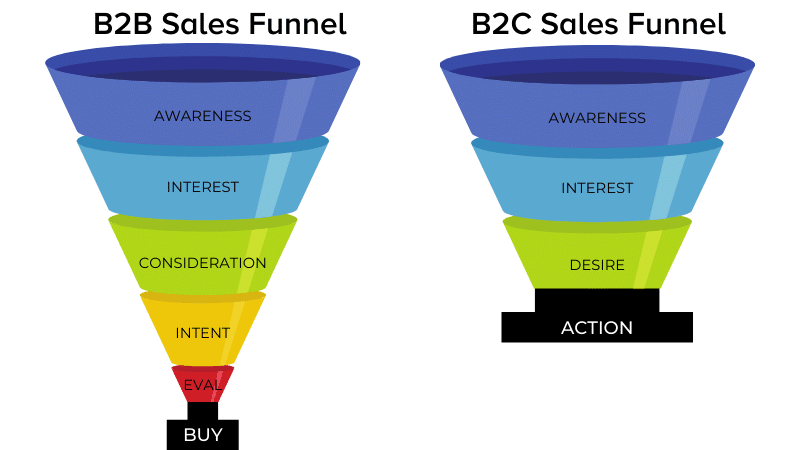
Customer loyalty. B2C businesses rely on customer loyalty and repeat business. A well-established brand with a positive reputation can foster this loyalty, ensuring that consumers return for future purchases. In D2C marketing, this connection is even stronger, as brands can directly engage with their customers, building trust and personal relationships without intermediaries.
Merges and acquisitions
M&A scenarios often involve brands coming together. Effective branding helps in consolidating these different identities into a coherent and consistent whole. It also contributes to a smoother transition, reducing confusion among employees and customers.
Conclusion
If your business is your car then marketing is the fuel of your business. Your car cannot move without it, so you need to refuel it often. Marketing is going to bring you traffic, turn the traffic into leads, leads into customers, and thus, sales and revenue. It’s what pushes your business forward.
Accordingly, branding is the car’s design and condition. At the same time, every now and then you have to bring it to the car mechanic for maintenance. Its logo, color, style, and overall aesthetics, are what make the car unique and recognizable to the others on the road.
If you operate in the B2B space, then branding, although has a lot to offer, is less valuable than most B2C cases. What’s more, even though branding for small businesses is definitely a thing, bigger businesses or companies, and businesses with a more massive audience benefit more from branding.
In the lifetime of your business, marketing is something you do continuously. Branding always comes into the picture at the beginning, and then more sporadically.
For either marketing and branding, there are different kinds of agencies. However, there are agencies that do both, like us! So if you need any help with your digital and growth marketing, there are many ways we can assist you—just let us know.

I write for GrowthRocks, one of the top growth hacking agencies. For some mysterious reason, I write on the internet yet I’m not a vegan, I don’t do yoga and I don’t drink smoothies.
